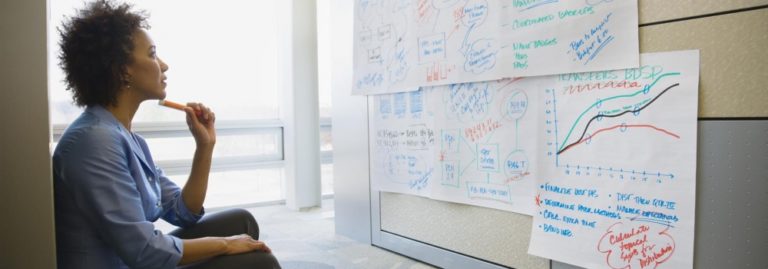By Catherine Reeves
How often do we rack our brains to remedy problems, when all along the answer is right under our nose or in front of our face? We may spend countless hours designing a “bulletproof” solution, only to find a complicated “fix” doesn’t guarantee the problem will be eradicated – or even be good.
Oftentimes, simpler is better.
Solutions can be found in nature. That’s the idea behind “biomimicry.” The Merriam Webster Dictionary defines biomimicry as “the imitation of natural biological designs or processes in engineering or invention.” In other words, take inspiration from nature to find better designs.
Quick links
Employee caucus groups work with management to achieve common business objectives, self-advocacy and to create an environment of inclusion.The Xerox Foundation is the hand that gives something back to the communities from which we draw our employees, our customers, and our freedom to conduct business.
Waste-free products in waste-free facilities help our customers reduce waste.
It was Janice Benyus who brought this term to our consciousness in the 21st century. She pointed out that human society will create a more sustainable world, in part, by emulating the natural organisms around us that have already gone through billions of years of trial and error. They have already locked in elegant and amazing process and design solutions. She identified several principles behind biomimicry:
- Nature strives to use minimal energy as it performs it functions.
- Nature recycles and reuses.
- Nature rewards cooperation.
- Nature reduces inherent risks because it uses few toxins.
- Nature acquires goods and materials nearby (locally).
- Nature banks on diversity.
- Nature taps the power of limits of controls.
There are many examples of biomimicry used for the design of commonly used products. Take, for instance, Velcro Brand fasteners. They were designed in 1941 by an engineer who took the idea from burs that stuck tenaciously to his dog’s hair. This clever and resourceful engineer saw the entwined fur and needles of the bur as a design prototype for a simple interlocking fastener.
How about the friction-reducing sharkskin design that Speedo introduced for swimwear at the Beijing Olympics? Sharks are known for their speed which is attributable to the smooth nature and composition of their skin. Speedo’s design mimics the shark skin. Could that have helped the U.S. Olympic Swim Team, including Michael Phelps, win all those gold medals?
Business principles that mimic nature
While it may be implicit, only recently did I realize that the principles of biomimicry can also be used to “design” a sustainable, resilient business. To test this concept, I looked at the value and mission statements of long-standing companies recognized as sustainability leaders: Ford, GE, and Xerox. Did the senior leaders of these companies create value and mission statements decades ago that align with the principles of biomimicry? Were these statements effective for rallying their employees around a common cause? Did they stand the test of time? I would say, “yes, amazingly so.”
Granted, it may be a stretch to conclude that these leaders examined nature and crafted their corporate value and mission statements around their observations. But given that these leaders displayed keen awareness of the world around them and were visionary in their thinking, it’s not impossible.
Let’s take a closer look at Xerox, which I have studied the most. (For obvious reasons!)
Modern-day Xerox founder, Joseph C. Wilson, established Xerox core values over 60 years ago. The term “biomimicry” had not yet been coined, but our corporate values pair nicely with the biomimicry principles. That’s not surprising since Joe was a perceptive forward thinker who was keenly aware of the needs for the office and the social issues of his community. He looked beyond his personal interests and collaborated with other great minds (like xerography inventor Chester Carlson) to invent designs and mechanisms for improving the way we live and work. This cooperation has rewarded us well.
Nature (and good businesses) bank on diversity. The employee caucus groups the company supported in the racially turbulent times of the 60’s, and created the Xerox Foundation in that same era to address the social issues and injustices of the economically challenged in the communities where we conduct business. The same corporate values inspired the next generation of Xerox leaders and continue to be the mantra that rallies employees to innovate, find ways to conduct business responsibly and give back to the community.
From an operational perspective, Xerox pioneered remanufacturing in the early 90’s making it one of the earliest examples of the phenomenon we now call the “circular economy.” From a product perspective, we introduced the power-down mode and two-sided copying in the 70’s and 80’s. These innovations lower energy use and conserve precious natural resources like wood, the main constituent of paper. More recently, Xerox ConnectKey expands collaboration and communication channels between people, while conserving resources, and instituting controls for cost and security concerns.
Whether at work, in our homes or in communities, let’s all take a cue from nature. Step outside not only for a breath of fresh air but to learn from nature how simplification, collaboration and resourcefulness can improve the way we work and live — and make us more resilient in turbulent times.




[…] Note: This article originally appeared on Xerox Connect […]